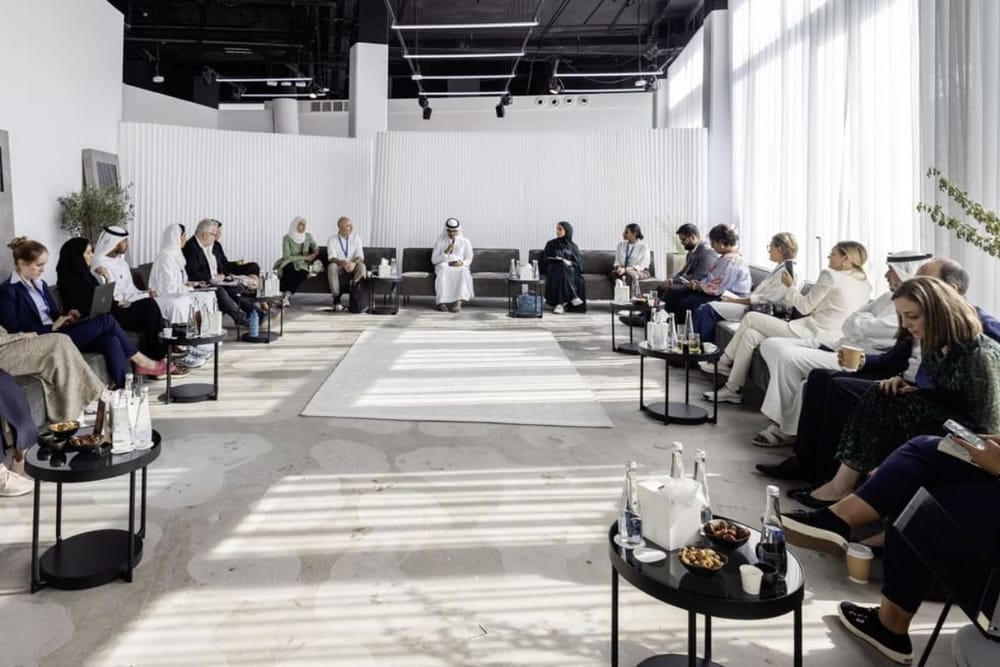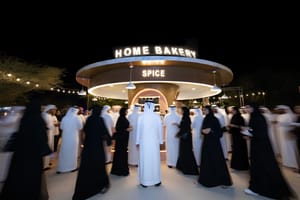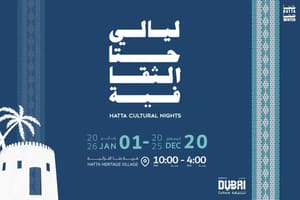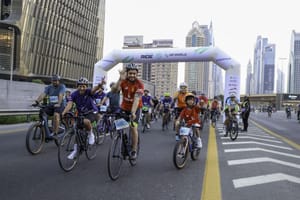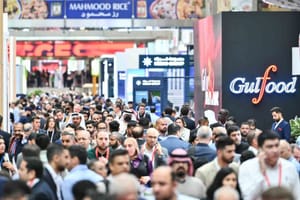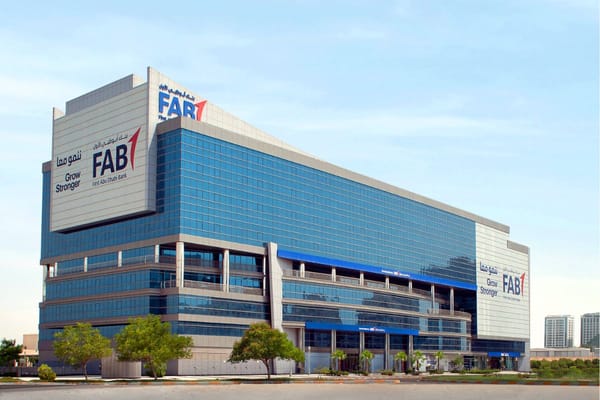The Ministry of Climate Change and Environment (MoCCAE) hosted the twelfth COP28 UAE Changemakers Majlis in the Actionist Hub in the Green Zone at COP28 today. Bringing together speakers from diverse backgrounds such as architecture, design, planning, policy, energy, academia and research sectors, the Majlis discussed some of the key characteristics that would define sustainable cities of the future.
Exploring the fundamental factors necessary to build more resilient cities, the Majlis opened the floor for discussions on how urban design, food and water infrastructure would impact cities and urban planning in line with the UAE’s net-zero ambition. The discussion also focused on the importance of the integration of renewable energy into sustainable urban infrastructure and how clean energy sources could be efficiently distributed across power grids.
Waheeb Saeed Alkamali, Head of Municipal Affairs Coordination at MoCCAE, introduced the four key themes of the discussion, which are Sustainable architecture, Transportation, Biodiversity preservation, Strategy and policy to advance climate-resilient city design in coming decades.
As moderator of the discussion, Khulood Al Atiyat, Senior Strategist at Salama Bint Hamdan Al Nahyan Foundation, started by sharing some of the figures such as how 4.4 billion city dwellers around the world are responsible for more than 70 percent of global CO2 emissions. Then she asked the Majlis to share their thoughts on some of the innovative architecture and sustainable designs.
The speakers discussed alternatives to Portland cement and the ongoing research in the field. It was suggested that reuse and retrofitting of buildings would help establish sustainability in cities.
It is said that the most sustainable buildings are the ones we do not have to build, and it is best to use what we already have and share living spaces. “How practical is that approach?” was the question and building sustainably was the way forward.
The Majlis participants shared examples of sustainable and climate-responsive architectural projects that can inspire future developments in UAE cities adding that there was a big role for policy direction and regulation to make sustainability inherent to building architecture and urban planning.
Borrowing from traditional knowledge to bring about more sustainable design was also discussed with examples such as Bastakiya neighbourhood houses built more than 100 years ago. Designers today could go back and reintroduce traditional practices into modern construction. There is a pressing need to seek solutions in nature, align construction with nature and connect design with nature.
Net-zero mobility emerged as an interesting topic as the Majlis delved into transforming transportation and mobility systems in cities to promote sustainability, reduce emissions, and enhance mobility. The participants deliberated on energy-efficient, low-emission vehicles as well as building cities which are better connected by public transport. The challenges faced in using electric cars such as the shortage of charging stations were also shared along with the limitations of public transport.
The Majlis discussed the examples of sustainable cities in the UAE such as Masdar City, Sharjah Sustainable City and Dubai Sustainable City.
How biodiversity could be incorporated into urban design attracted much attention as participants shared their experiences in the field and recommended that cities should be made as parts of nature. Khulood pointed out that design needs to have a life-centric approach more than a human-centric approach to include all forms of life as integral components of our ecosystem.
Some interesting strategies and infrastructure improvements to fight extreme weather conditions and rising sea levels were brought to the table, such as closer cooperation between innovation and execution of design which could be implemented through policy design.
In conclusion, the Majlis agreed that design that is not inclusive or sustainable is not good design, highlighting the importance of providing accessibility for all and integrating urban design principles into architecture.
News Source: Emirates News Agency
